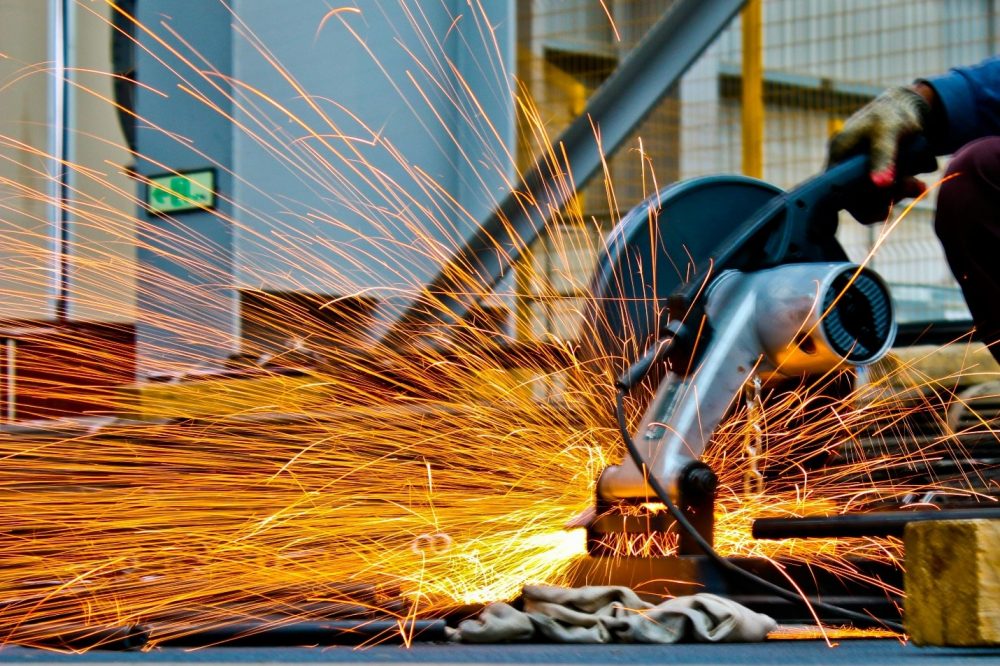Mass production relies on processes that can produce quality parts at a consistent speed. One of the finest processes is injection molding, which has taken over the production scene in a vast range of industries, such as in automobile and consumer electronics, medical equipment, and packaging markets. To understand how injection molding achieves an efficiency-cost balance, it is important to see why this process has remained а staple of modern production.
Ensuring Effective Use of Material.
The efficient use of raw materials is a key cost-reduction method that injection molding employs. Injection molding puts the molten plastic into a mold, unlike processes that cut away or shape the material of larger blocks, reducing waste. It is this level of control that allows a near-complete use of all material in the final product.
Moreover, the results of sprues and runners may usually be recycled into the production cycle. The reuse will lower the cost of raw materials, and it is also sustainable, and this aspect is gaining more weight with both the manufacturers and the consumers. Companies save costs without compromising on quality by maximizing each batch of resin.
Reduced Labor Demands
The other significant cost-reduction benefit is automation. Once in place, injection molding machines have little human intervention. Most of the production is highly automated and requires expert technicians to design molds and to calibrate equipment. This dramatically decreases the use of manual labor, which is traditionally one of the biggest costs in production.
There are also consistent results brought about by automation. When the machines are controlling the temperature, pressure, and timing, nearly every part is the same as the others. Such uniformity reduces the need for rework or excessive inspection, and it saves а significant amount of labor and time. This means that manufacturers are able to operate 24 hours without correspondingly raising the workforce costs.
Speed and Scalability
Injection molding is characterized by speed. When a mold has been made and put on production, the speed with which a part can be made is very rapid, sometimes in seconds. This high rate of cycling time greatly lowers the unit costs of companies that manufacture tens of thousands or even millions of units.
Injection molding is also a scalable process, which brings substantial savings over time. The initial cost of molds and installation might be high, but as the volume of production is high, the expenses will be spread over more output. This effect of economies of scale causes the unit cost to decrease at a drastic rate as the output increases. It is one of the reasons why injection molding is the usual solution to mass production projects. At the same time, the process can still provide value beyond large-scale runs. For instance, quality low volume injection molding offers а practical trade-off between cost and product quality for specialty applications or when testing new designs before full-scale production.
Durable and Dependable Tooling.
Injection molding molds are usually constructed of tough metals like steel or aluminum. These molds can resist hundreds of thousands of production cycles before they require replacement when properly designed and maintained. Even though developing a mold requires а significant initial investment, its durability makes it very economical in the long term.
Quality is also maintained through this durability, which allows the elimination of expensive recalls or flawed product runs.
Lower Defect and Scrap Rates
Defects are expensive in the manufacturing process. They consume resources, slow processes, and can demand a greater workforce for repairs or replacements. This is avoided by injection molding, which provides а high level of accuracy and repeatability. When the parameters of the process are optimized, the probability of having defective parts becomes minimal.
This uniformity will lead to a reduction in the amount of materials wasted and the amount of time spent on the adjustments. Less scrap will decrease the material costs directly, and the high quality of parts ensures customer satisfaction and brand image. This combination of accuracy and low waste is a direct contributor to reducing overall production costs.
Conclusion
Injection molding has gained its status among the most popular approaches to mass production, not only due to the possibility of creating precise and solid components but also due to powerful cost-saving opportunities. It enables a reduction in material usage, a decrease in labor requirements, faster production cycles, fewer defects, and more—all without compromising quality.
